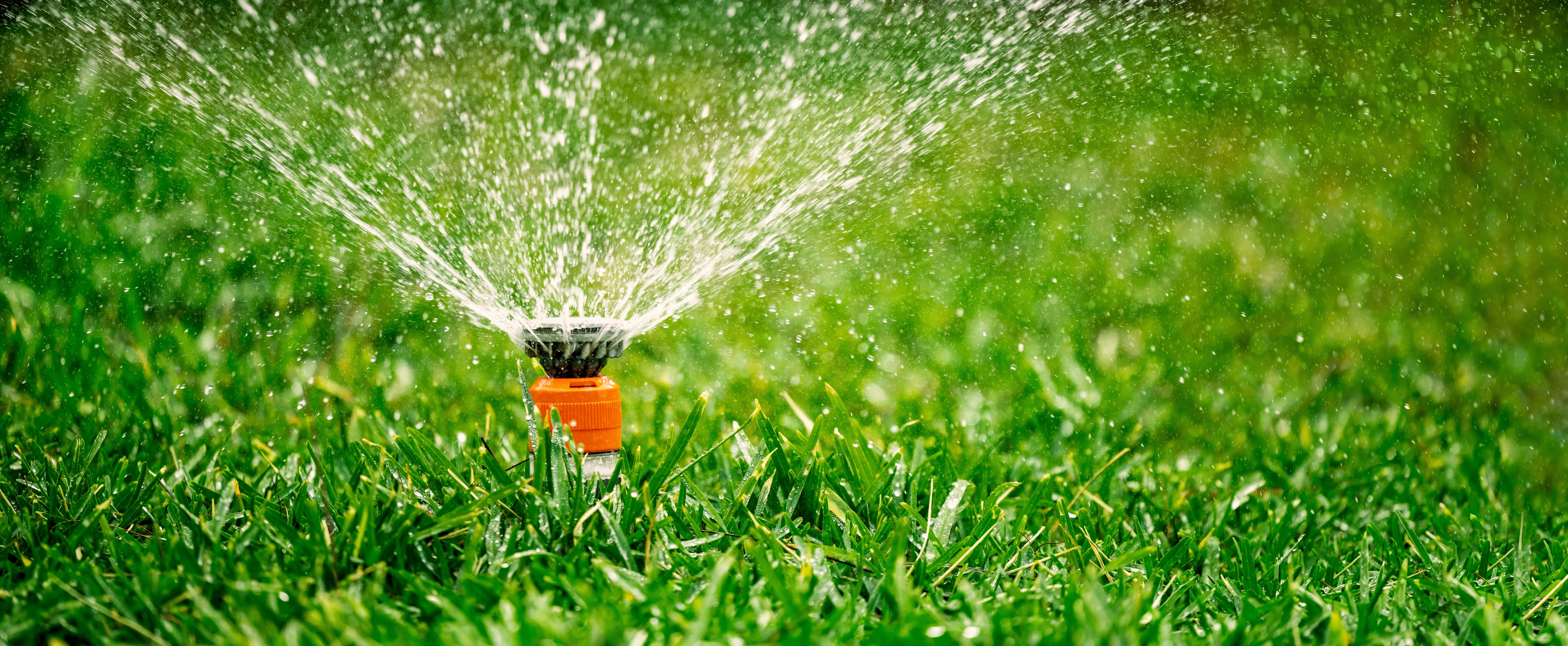How to Winterize Water Sprinkler System

Sprinkler systems are a great value if you want to keep your lawn green throughout the summer season. In winter, they aren’t of much use, so you need to winterize it by draining out the water and insulating the pipes to protect it from cold weather damage. If a sprinkler system is not properly winterized, any remaining water can freeze and cause damage to the system's pipes and components. Follow this winterizing a sprinkler system guide to ensure your irrigation system is appropriately prepared for winter.
What You Need
Channel locks
Air compressor
Insulation tape
Steps to Winterize the Sprinkler System
The right time to winterize your sprinkler system is usually before the temperature drops too low. Make sure you don’t winterize your system too soon as your lawn will be needing water during the tail end of summer. You will need some tools and supplies to drain the water from the sprinkler system and insulate any above-ground components that might otherwise be exposed in freezing conditions.
Step 1: Inspect your irrigation system thoroughly
It is crucial to inspect the irrigation system thoroughly before starting the winterization process. This will allow you to check for any leaks or existing damage that may need to be addressed. If the water lines are leaking, water may enter the system even after the water supply has been turned off and the pipes have been emptied. If this happens, the water might freeze and cause extra damage, therefore it is best to repair any fractures or leaks before winterizing.
Step 2: Shut off the water
The next step is to cut off the water to the system using a main valve located near your water meter. If your system has backflow prevention valves, turn these off as well. There are often two of these valves that lead into the backflow device; ensure that they are both turned off. If your system does not use potable water, it may not be equipped with a backflow preventer.
Step 3: Turn off the Timer
If your system has an automated timer, make sure to turn that off as well. Some systems offer a "rain mode" that allows you power down the timer without losing any programmed information or settings.
Step 4: Drain the Water
Draining the water from the system is the crucial part of the winterization process. The drainage method will depend upon the type of sprinkler system that you have.
Methods of Draining water from a Sprinkler system
Automatic System
This is only possible with sprinkler systems with an automated drain feature. This feature allows you to empty the sprinkler system quickly by turning off the water supply and running the sprinkler heads to minimize water pressure. The automatic draining process then begins to drain the pipe of surplus water. However, some water will remain trapped within the valves themselves. You can loosen the solenoid on each valve (a plastic cap with wires coming out the top) to allow air to flow into the system and let excess water to exit.
Manual System
Many irrigations systems come with a manual draining system. These systems have shut off valves at the low points or end points. You need to carefully turn on these shut off valves one by one to allow the excess water to drain from the pipes. Do wear an eye gear while doing this activity as water is under pressure in these systems. After draining the water through the pipes, turn off all the shut off valves again.
Some sprinkler systems allow you to connect an air compressor to the pipes to pump the leftover water from the sprinkler heads. When used on a sprinkler system that isn't designed for it, this practice is damaging and potentially dangerous. It's also worth noting that a normal DIYer's air compressor may be capable of producing the 50 PSI (pounds per square inch) of pressure required to clean out PVC piping. However, most at-home machines are incapable of producing the 10 CFM (cubic feet per minute) of volume required to blow out the water quickly and fully. We don't recommend performing the blow-out draining procedure on your own for these reasons. It would be better if you hire a professional to do this job.
Insulate the Above-Ground Components
Finally, ensure that all the sprinkler system's above-ground components are appropriately weatherproofed. Any exposed pipes or backflow preventers, as well as the main shut-off valve, should be enclosed with foam coverings or insulating tape. Make sure that no air vents or drain outlets are blocked on the backflow preventers.

